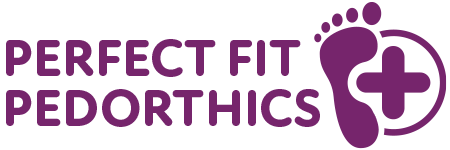Medical Shoes
Medical shoes, are footwear specifically designed to provide comfort, support, and protection for individuals with specific medical conditions affecting their feet. These conditions can include diabetes, arthritis, neuropathy, and other foot-related issues. Medical shoes are often prescribed or recommended by healthcare professionals to address the unique needs of these individuals. Here are some key features and benefits of medical shoes:
- Comfortable Fit: Medical shoes are designed to provide a comfortable fit to reduce pressure points and friction that can lead to skin breakdown or ulcers. They typically have a wider toe box and extra depth to accommodate foot deformities or swelling.
- Support and Stability: These shoes often feature built-in arch support, cushioned insoles, and firm heel counters to provide stability and proper foot alignment. This can help alleviate pain and reduce the risk of foot injuries.
- Breathability and Moisture Control: Medical shoes are often made from breathable materials that help to keep the feet dry and prevent excessive sweating. This is particularly important for individuals with diabetes, as moisture can contribute to skin issues and infections.
- Reduced Friction and Pressure: Medical shoes are designed with smooth interior linings and seamless construction to minimize friction and pressure on sensitive areas of the foot. This helps to prevent blisters, calluses, and ulcers.
- Customisation Options: Many medical shoes have removable insoles, allowing for the use of custom orthotic inserts or modifications to accommodate individual foot needs. This customisation helps provide optimal support and comfort.
- Protective Features: Some medical shoes come with additional protective features, such as extra padding, reinforced toe boxes, or rocker soles, to provide enhanced protection for individuals with conditions like diabetic neuropathy or foot deformities.
It’s important to note that medical shoes are often prescribed or recommended by healthcare professionals, and the specific requirements can vary based on an individual’s medical condition and foot needs.
